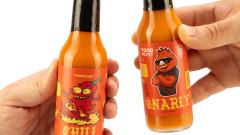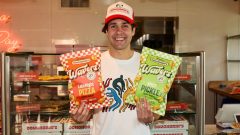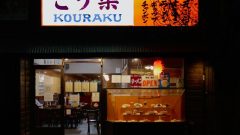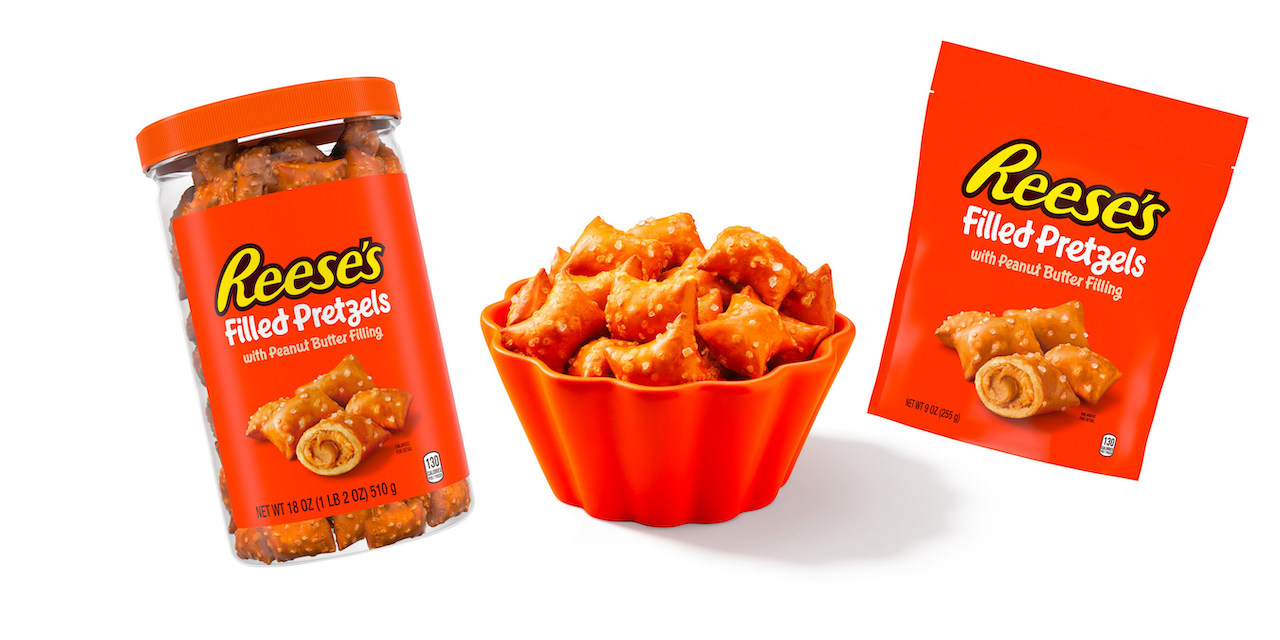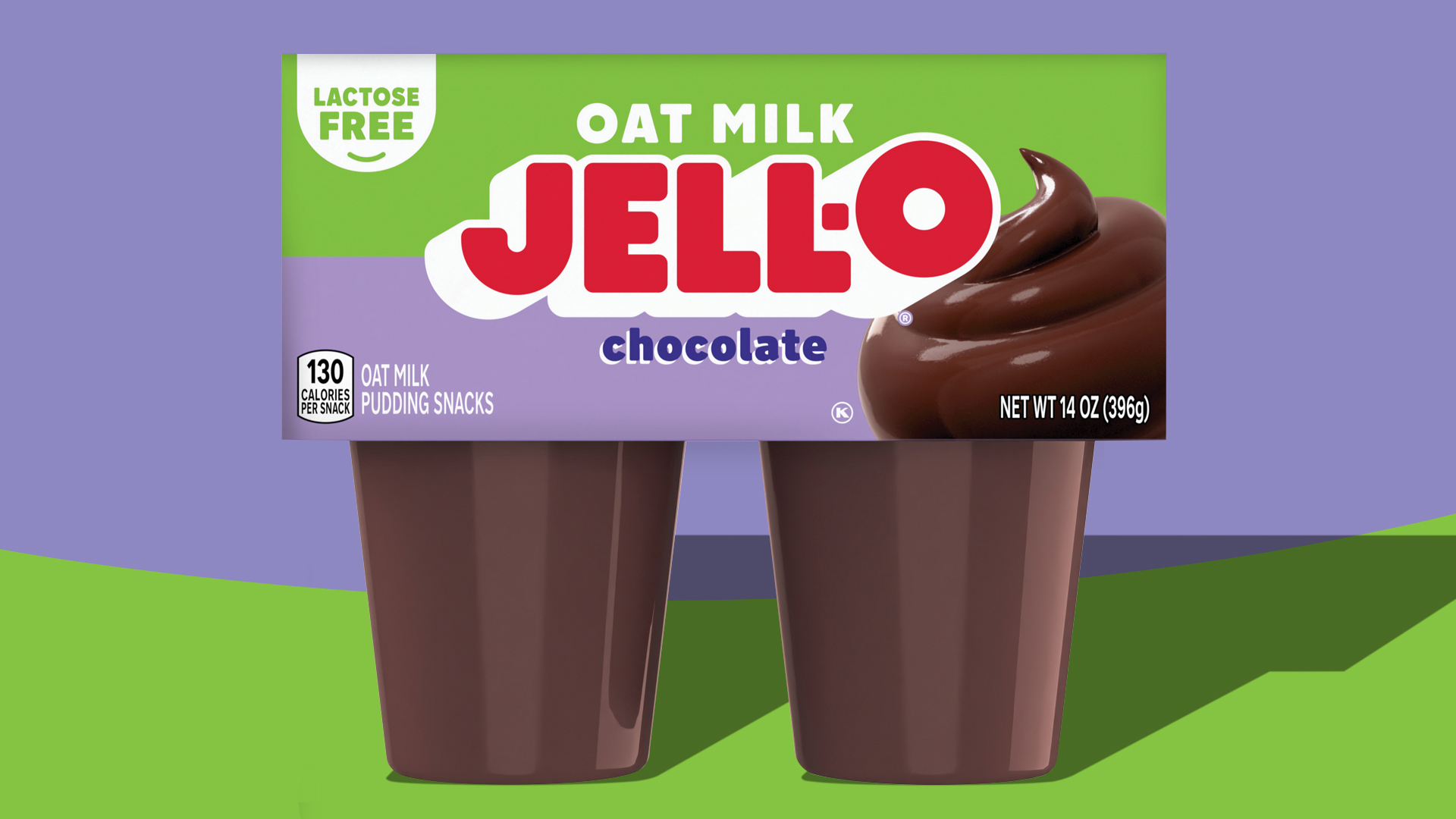Chef Louis Tikaram’s ‘Modern Asian’ Cuisine Is The Epitome of L.A.’s Dynamic Restaurant Scene
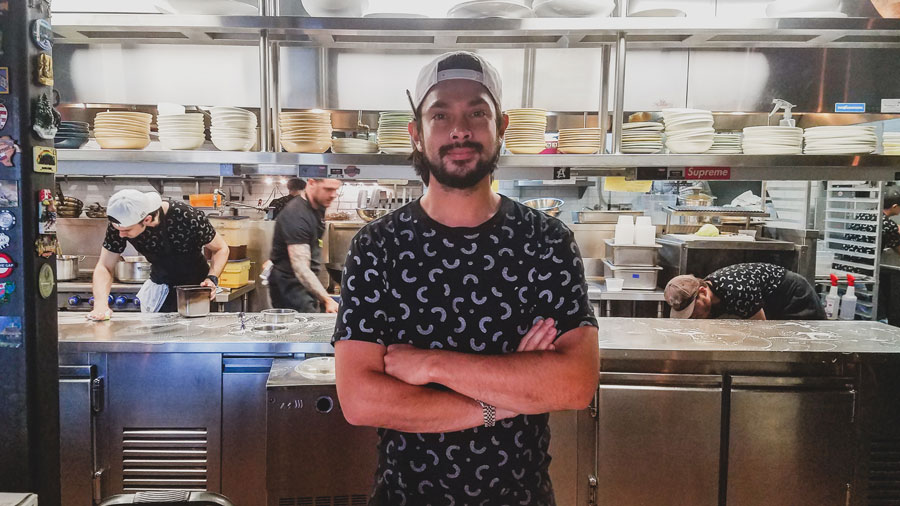
Sitting inside one of Los Angeles’ verified hot spots in E.P. & L.P., the questions of how this dining experience became a microcosm of youthful flare, genuine flavors, and a lack of pretentiousness uncharacteristic of the typical L.A. “seen and be seen” establishment were initially left unanswered.
How were my expectations being betrayed by the legitimate zest in the dishes that I was eating? I mean, shouldn’t the fact that Usher and Lil Jon were dining across the room wipe all authenticity from this place’s menu?
Yet as I indulged in bite after bite of Executive Chef Louis Tikaram’s Scallop & Mussel Curry — a stellar example of his interpretation of Thai cuisine with Vietnamese, Fijian, and Chinese overtones — all to the sounds of A Tribe Called Quest’s “Award Tour” bumping through the restaurant’s speakers, I knew there was some kind of wonderful going on here that warranted a deeper dive, one where I knew my questions could be answered within Tikaram’s origin story. Of course, nothing else provides a more sweeping and sure answer to any question than the beginning. It’s dawn that sheds new light after all.
What was going on within the dining room and kitchen of E.P. & L.P. represented a different new vibe within Los Angeles’ dining climate, one where Tikaram’s culinary amalgamation of his Southeast Asian influences bares a fresh offering to the increasing segment of Angelenos growing ever more curious and intrepid with their tastes. Couple that with prominent features on Vice programming and Vogue to admiration from Action Bronson and A$AP Rocky, and one can see the Australian-bred chef and his cooking as a fitting new representative of Los Angeles’ energetic and thriving food scene.

“We’ve (E.P & L.P.) been open two years and it’s just been pretty much a direct journey of my career and the food I grew up with and fell in love with in Australia — which is Southeast Asian — but a lot of my Pacific heritage coming through as well, ’cause my father is from Fiji. So it’s kind of a mixture of lots of different types of Asian, but I call it modern Asian.”
Tikaram says all this in an infectious Aussie twang, an idyllic ice breaker. He’s wearing a backwards Nike cap and shoes that befit the streetwear sensibilities of stylish Fairfax Ave. — right near where he just so happens to live. It is evident that the thirty two-year-old chef exudes an essence a younger, hipper generation can relate to on the surface level. He’s as comfortable with Supreme and sneakers as he is with sashimi and sambal. The playlist he chooses for E.P.’s dining room sounds no different than what’s on my own Spotify rotation and his cooking gives off an exuberance that’s an inviting energy to behold. Sitting across from him at an empty E.P. dining room during off hours, I’m able to wholly observe and process this initial makeup of Chef Tikaram, as he takes me through the culinary journey that brought his interpretation of modern Asian cuisine to Los Angeles.
“My grandpa is Fijian and Indian and my grandma is Fijian and Chinese. So it’s a really crazy household to grow up in. I would finish school and get home and wouldn’t know what my grandmother has made. It could have been steamed fish with ginger and shallots, or something from her Chinese side — congee or chicken or lamb curry — or traditional Fijian food, or ‘white food’ as well, which she thought we liked so she’d make pasta or something. So every day would be totally different. And that’s really my main inspiration. If you look on the menu, that’s kind of similar to what I grew up with. Here I’ve actually put on ‘Grandma’s Fijian Chicken Curry’, which is spiced chicken curry, potatoes, cucumber yogurt — literally my grandma’s exact recipe.”
I’m then served a plate of this very curry, rife with the aroma and flavors of what I can imagine to be Pavlovian for Tikaram. By the time I wolf down the bowl, I find myself reading in between the lines of his story. The word pictures began to form from each note of that unctuous, yet intricate curry and supple potatoes. That cucumber yogurt? Mosaic complete.

Couple that childhood foundation with the extensive experience cooking award-winning Thai and Vietnamese food early on in his career and you get a fat check next to ‘authentic’ to mark off. Yet, still at this juncture, what exactly can we pinpoint as the modern Asian mantra that his cuisine presents to our palates?
“I stay pretty true to the recipes and flavors, but with modern techniques and a modern way of thinking in terms of sustainability and seasonality. I use that on my twice-cooked short rib on the menu now, and that’s where I think the more modern philosophy of sourcing and ingredients comes from, where having a relationship with farmers — knowing where your food is from and how its been treated, treating it with the respect it deserves — is able to then deliver a far more superior product in taste.”
Tikaram tells me this as I’m sucking my teeth for the last bits of that very short rib, rich and sticky, enough to have adhered itself to my palate’s memory. The significant serving he slid in front of me mere moments before didn’t stand a chance. It was made all the more delicious and complete once he walked me through more of his experiences, dots being connected all along the way from Thai markets in Chiang Mai that hawked curry paste brimming with 20 to 30 ingredients to chopping cases of lemongrass on the daily back home in Australia to even eating his way through Vietnam and Cambodia.
An arbitrary question about what’s currently on Chef Louis’ playlist turns into an opportunity for him to provide some perspective on the kind of energy and philosophy he wants to bring to the table. Pun intended.
“So the food – lots of dishes, you eat with your hands – it has to be shared and every dish will bounce off each other, whether it’s flavor, texture, or paired together with rice. So it’s almost like a party on a table and you have to be involved to get the full effect of the food. And with the music, the kitchen, laughing and singing going on, everyone has a happy and fun vibe. You really experience it through the upbeat kind of pace of the kitchen reflecting the food and the people actually get it. I look out of the kitchen on Saturday night, seeing that dining room just vibing on the food, music, and the drinks and everything, seeing all the emotions work, it’s like a surreal experience. And everything is working in synergy with each other to get to this ‘up a level’ dining experience. Something unlike anything else.”

It is this very vibe of a party that everyone wants to be a part of that draws parallels to a Los Angeles restaurant scene that’s seizing the country’s attention thanks to progressive techniques and interested palates. One where once impervious facades have now been peeled like galangal simmering in Thai curries, revealing truths that reflect a dynamic and distinct entity that is the city’s dining landscape.
Tikaram addresses this vibe by crediting the growing segment of adventurous and open-minded patrons who have given his modern Asian cuisine a chance.
“We really owe it to the customer for being really adventurous, for supporting more local, young chefs and giving them a go, giving them a respect that they’re working hard for. I think it really works hand in hand. They give us a chance, give us inspiration, and give us a drive along with that passion that really moves the L.A. dining scene forward… to grow stronger and stronger.”
Chef Louis Tikaram’s modern Asian cooking is an absolute reflection of this recent flourish in creative, genuine, stylish, radical, and diverse cuisine within the city — one that makes a traditional Fijian chicken curry and kokoda about as L.A. as bad traffic and celebrity sightings.













